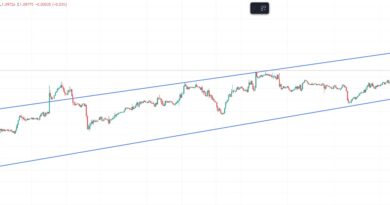Feature Engineering in Forex Trading: A Beginner’s Guide
At its core, feature engineering is the process of creating new input variables or modifying existing ones to improve the predictive performance of a machine learning model. It’s like preparing the ingredients before cooking a meal, where the quality and the combination of the ingredients often determine the taste of the final dish.
Now, in the context of Forex trading, your goal might be to predict the future price of a currency pair, like USD/EUR, based on historical data. The historical data will likely include elements such as the past prices of the currency pair, the trading volume, etc.
This is where feature engineering comes into play. For instance, you might decide to create new features (variables) such as:
- Moving averages: This could be the average price of the currency pair over the last 10, 50, or 100 days. Moving averages can help you see the overall trend in the price data by smoothing out short-term fluctuations.
- Price change rate: This could be the percentage change in price over a certain time period. This can give you a sense of the momentum or speed of price changes.
- Volatility: This could be the standard deviation of the currency pair’s price over a certain period, which gives you a measure of how much the price is varying.
- Economic indicators: If you have access to this data, you might create features based on economic indicators like the GDP growth rate, interest rates, or unemployment rates of the countries in question. These macroeconomic factors can influence Forex prices.
- Technical Indicators: There are numerous technical indicators like RSI (Relative Strength Index), MACD (Moving Average Convergence Divergence), and Bollinger Bands, which traders use to predict future market movements.
The idea is to create or choose features that might help your machine learning model make better predictions. The process often involves a lot of trial and error, as well as domain knowledge. And remember, more features doesn’t always mean better results. It’s crucial to select the most informative features to prevent the model from being overly complex, which could lead to overfitting (where the model performs well on the training data but poorly on unseen data).
We hope that helps clarify what feature engineering is – if not please comment below! It’s a critical part of the machine learning process, particularly in Forex trading where there are many possible variables to consider.






